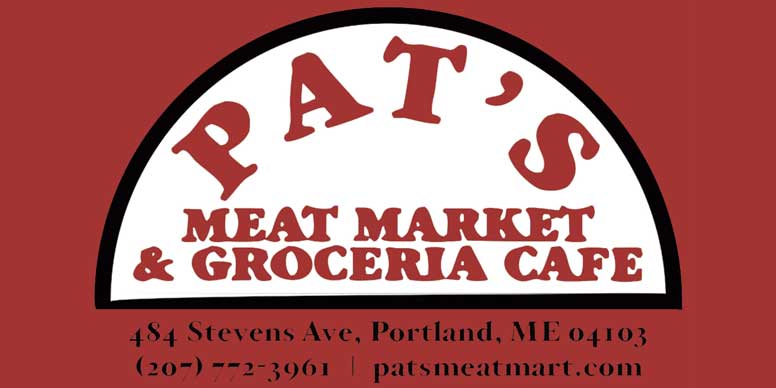
Toby Jacobs: Stewarding our Waterways
Every month, Liz Trice interviews a community member for The West End News. This month, she caught up with Toby Jacobs, Program Manager for Presumpscot River Land Trust.
What’s the geography of the Presumpscot River Land Trust, and what does it do?

We have easements and own preserves in Gorham, Gray, Standish, Westbrook, and Windham. We are a community-based nonprofit. Our goal is conservation, public recreation, and clean water is also important.
We have fifty preserves that include 3,200 acres under conservation split between land that we own and easements. Also, just over thirty miles of trails. We’ve been around for forty years, starting as the Gorham Land Trust, then became PRLT, then in 2017 merged with Gorham Trails, Presumpscot River Watch, Windham Land Trust.
Our most recent preserve is what will become the Gorham Community Forest near downtown, and two of our biggest recent projects were East Windham Conservation Area and Rivermeadow Preserve in Westbrook.
What is an easement?
An easement is a generic term for restrictions or requirements on a piece of property. In our case, conservation easements typically limit or restrict development, mining, and industrial use of land, but can be anything the landowner or donor wants or doesn’t want. Some easements allow public access, some don’t. Most don’t allow development.
Randall Orchards is under an Agricultural Easement, so logging and other farming can still happen there. Some conservation groups have “view shed” easements to protect a valuable view or protect a historic structure.
How do you acquire new land? What are your priorities right now?
Our big focus is to close the gap between Mill Brook Preserve and Millbrook Preserve South in Westbrook, and anything with frontage on the Presumpscot is immediately on the top of the list. And we preserve other areas on a case by case basis. Sometimes we reach out to landowners, sometimes landowners reach out to us. Most of our acquisitions have been through donation of land, then we try to raise enough money to ensure permanent stewardship. If there’s a piece of land we want to purchase, then we do a big fundraising campaign and try to raise money from grants, government, and individuals.
How about farms and housing?
We mostly defer to partners on farmland and housing. Our core values are recreation, wildlife habitat, and water quality. We listen to offers about farms, but typically connect them to the Maine Farmland Trust. And they send us parcels that have more conservation potential.
Typically if someone is developing some land, they come to us and ask if we’d like to take some of the land into conservation. The Rivermeadow project in Westbrook was a good partnership with some developers who did some dense development, then invited us in to maximize the amount and quality of land preserved.
We recognize the need for housing in our towns. There aren’t that many large parcels remaining that would be of interest to developers. A lot of the largest parcels are concentrated among a few individuals, a lot of people like to keep their land open, a lot of land is wet.
What are the water quality issues?

Issues are e. coli bacteria and low dissolved oxygen. Bacteria tends to come from septic systems and farm runoff, and can make people sick. Fertilizer runoff can cause algae bloom, which can cause issues in stagnant water, and if dissolved oxygen is too low it can hurt wildlife.
We’re working on transitioning our water quality program sampling to include some continuous monitoring and looking at worst-case scenario storm events. And there’s interest in cleaning up the Pleasant River, which runs from the center of Windham to the Presumpscot. We do the monitoring, and the Department of Environmental Protection and Cumberland County Soil and Water District talk to landowners about maintaining good buffer between fertilizer and livestock waste and waterways.
We don’t currently monitor for other issues like industrial toxins. DEP does that, but there are less of those issues now that we don’t have as much industry on the rivers.
What’s next?
Our next big trail project is the Gorham Community Forest/Robie Preserve in Gorham, and we’re excited about building outdoor amenities like outdoor classrooms and boardwalks.
In May the alewives are running. They are a type of river herring, a silver fish about one foot long, that migrate multiple times to their spawning spot, and you can see them in Mill Brook in May. People can come to the southern viewing pool to see them swimming up the rapids and collecting in the pool below. We have hundreds if not thousands of people every year coming to see them.
You can find trails on our websites. Get on our mailing list. Also, most of our preserves are on Google Maps.
This interview was edited for clarity and brevity.





